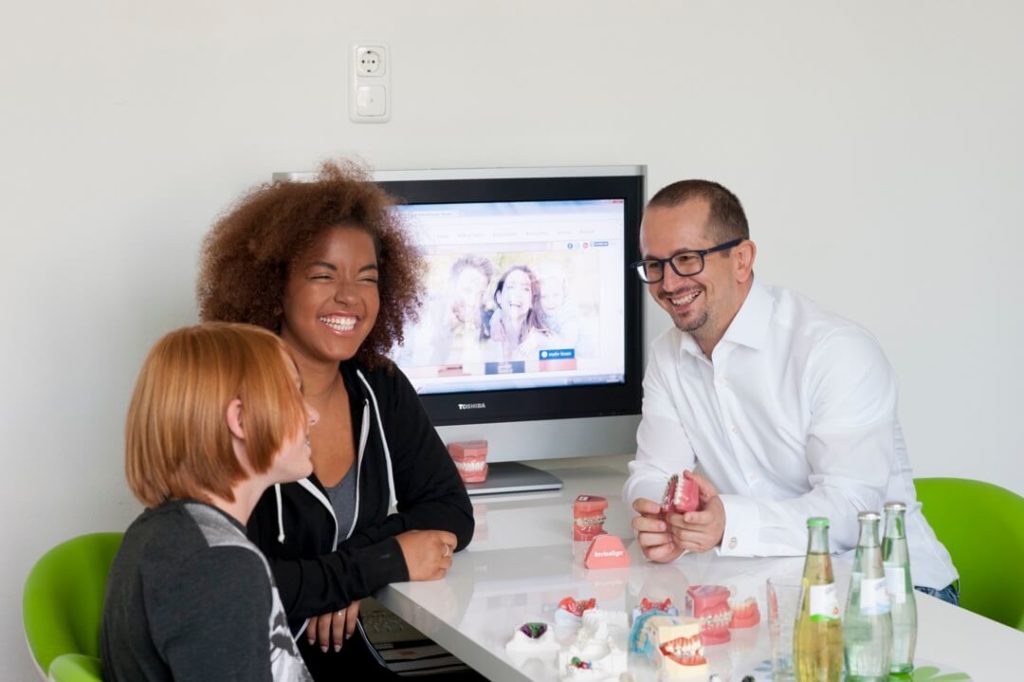The kanban board is an agile project management tool that helps you visualize your workflow, reduce the number of work-in-progress tasks, and maximize the efficiency of the process. “Kanban” literally translates to “visual signal” in Japanese and is very telling of how your workload and work process can be optimized. The simplest form of a kanban board is a to-do list with columns “to do”, “in progress”, and “done”.
If you work in the service or technology industry, your tasks can often be disguised, intangible, and mostly invisible. Using a kanban board, you and your teammates are able to visualize your workflow and tasks for the day and can gain better control over your workload. By promoting this level of transparency in the company, you can quickly identify problematic bottlenecks and improve those so that the work gets done more efficiently.
How can you use the Kanban board to your advantage?
All tasks that you or your team have to do can be entered in a certain column, and with the completion of each task, it can be transferred further and further along the remaining columns. Now, you must be wondering why and how a simple to-do-list can revolutionize your practice.
Here are some ways you can utilize kanban boards in your orthodontic practice:
Kanban list for fixed appliance treatment
Your board can look something like this:
- Insert brackets and wires
- Insert a mini implant
- Repair
- Archwire change
- Class II elastics
- Remove fixed braces
Start by entering all the patients who use fixed appliances in the first column – “Insert brackets and wires”. After inserting them, move them to the next useful column. You can also skip some columns if they do not bode well for the particular treatment, for example, if you do not plan to insert mini implants, you can directly move them to the fourth column “Archwire change” without having to tirelessly haul them along each column.
Do this until you reach the final stage “Remove fixed braces”. This not only gives you an excellent overview of the treatment stages but also allows you to perform excellent automation in connection with the CRM system. As soon as you enter a patient into the “Insert fixed appliances” column, he automatically receives an e-mail with all the important information about the appointment.
Personalize this e-mail with a placeholder for the personal greeting. This way, the patient gets the impression that you have written a completely individualized message just for him, thereby increasing patient satisfaction while also decreasing employee load because you barely had to do anything.
Additionally, you can also set the system up to automatically assign tasks to each of your employees. For example, as soon as the brackets are placed, 24 hours later, an employee will be assigned to call the patient for a wellness check. One way or another, for each column of each pipeline, individual programming can take place. There are countless other possibilities for all kinds of equipment!
Kanban board for the patient’s whereabouts
Set up your Kanban board to include these phases:
- Reception
- Waiting room
- Treatment room 1
- Treatment room X
- Diagnostics
- X-rays, etc.
By doing so, you can track the whereabouts of your patient at all times. Say a young boy walks into the clinic while their mom looks for a parking slot. You take him to “Treatment room 1”. Now in comes the mother inquiring about her son. Instead of an employee running into each room to check for the young lad, you can simply look on the kanban board and let her know where she can expect her son.
The most important rule of kanban boards is to make them as self-explanatory and uncomplicated as possible. You should be able to look at the board once and deduce the necessary information you need to take the work further. Introducing kanban offers an inexhaustible potential to optimize your practice and automate processes by implementing a counterintuitive solution!

